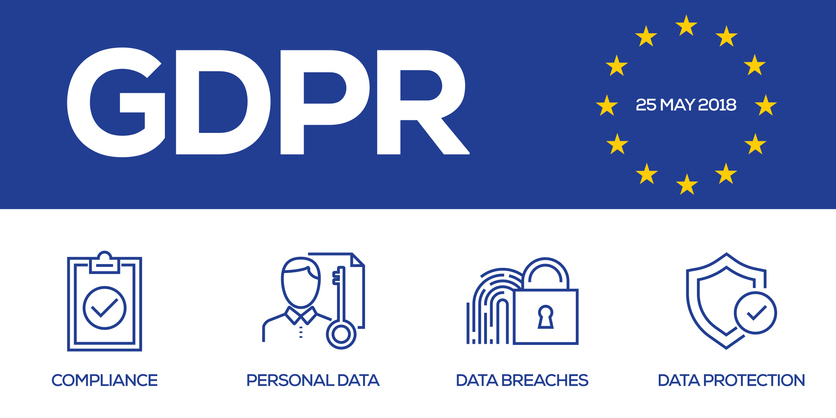
Human capital is one of the most important business assets and also one of the most elusive. Today’s employees are staying only an average of around 4 years, far different than years past when people regularly stayed with the same company for over a decade. Job stability is a serious concern for organizations, who often find that they are losing their highly qualified staff members when a better offer comes along or when opportunities dry up. This can happen because organizations do not have a stable and structured human resources staff that is able to continuously create opportunities for training and advancement within the organization — staying tuned to the needs of the highest-performing staff members while supporting a positive culture throughout the organization. With the focus on swift moves and organizational change, it’s a strategic imperative that you have a top executive focused on the human resources needs of the business.
“Culture Eats Strategy for Breakfast”
Anyone who has been through business school has heard this old adage from management guru Peter Drucker, as related by Mark Fields in 2006. While it may be a bit trite, this statement has never been more applicable as the corporate culture can quickly fester due to poor decisions by business leaders who are not keeping personnel needs in mind. People want to work somewhere that provides personal as well as financial fulfillment and that often means finding a flexible working situation or the ability to advance their careers with hard work and dedication. If the culture of your organization is toxic with poor leadership in place, it may not even be obvious until you begin losing high-potential staff members.
With a Chief Human Resources Officer (CHRO) in place, there is likely to be a greater focus on gathering employee feedback as well as looking into breaches in rules and etiquette by staff. It doesn’t take long for a positive corporate culture to turn into a negative without a continuous focus on employee satisfaction. The perception that “leadership doesn’t care” or a lack of accountability can poison even the most positive working relationships. A CHRO helps actively listen around the organization and has the ability to raise concerns to the highest level while adequately explaining the challenges and offering strategic solutions.
Encouraging Meaningful Diversity and Mutual Respect
Diversity of thought and cultural fit are every bit as important as ethnic diversity in your workforce. It’s easy enough for managers to hire someone who not only looks like them but also thinks like them — something that a CHRO can help guard against. There’s more to a hostile workplace than a single person or small group of individuals who are behaving badly. It starts with the idea that staff members can get away with atrocious behavior and that the perpetrators are being enabled due to their high-performance standards or position within the organization. It can be challenging to discipline individuals who are perceived to be exceptional, but having C-suite representation for all personnel can help lead to accountability and mutual respect. Meaningful diversity occurs when managers and supervisors are encouraged to step outside their comfort zone and work with people who may be a great cultural fit, even if they may not have exactly the right pedigree or high levels of experience. A dedicated and involved CHRO helps hiring managers to see beyond the surface to find the exceptional staff members that will help the organization grow and evolve in the future. It’s never too early to begin encouraging managers to celebrate diversity and inclusion through a variety of different initiatives that can ultimately result in a more balanced workforce.
Attract and Retain the Best
Creating a positive culture also means finding what motivates employees and being able to illustrate the real business benefits of reducing turnover and providing the perks that employees truly want. HR is moving far beyond simply being the “complaint department” or a way to ensure compliance with a variety of rules and regulations. Having a CHRO provides the business with a higher degree of strategy in the hiring and managing of talented staff members. Millennials and Generation X alike appreciate being able to work from home or remote locations when the work permits it, but a CHRO is able to help quantify the savings that can be expected for the business as well as the softer side of employee engagement. Proactive human resources support is quickly becoming a differentiator for businesses that view these roles as more of a strategic position instead of the tactical role that HR has played in the past.
FInding benefits that employees will appreciate is only a portion of what goes into attracting and retaining the best staff members for your organization. A proactive CHRO regularly reviews the competitive landscape to ensure that health and wellness benefits are commensurate with the marketplace. Creating wellness initiatives also falls to HR, with the long-term benefits of these programs helping bring a new focus to the value of encouraging positive health choices throughout the life of each staff member. Having a CHRO included as a deliberate part of corporate strategic decisions creates a more equitable focus on the individual needs of employees as well as the organization’s requirements for long-term growth.
Experience and Training Key for Successful CHROs
Not every CHRO comes up through human resources. It’s not unusual for someone more on the business, marketing or legal side see the value in making the leap in this direction. It is crucial that any CHRO candidate has a deep understanding of the privacy and liability issues that can arise from this sensitive position and department. These individuals thrive when they have a full understanding of people management, legal considerations as well as business operations in order to help managers and leadership identify staff challenges and how to move towards resolution. Few of these issues will be solved overnight, meaning your CHRO must have the ability to stay the course and navigate difficult relationships over time. The role of CHRO even has some aspects of a Chief Security Officer, as they will need to understand and be able to manage in-depth data privacy policies which can be quite complex depending on your business model. Measuring the success of various initiatives is also a data-driven operation that requires analysis and interpretation of diverse datasets.
Organizations may survive without someone from human resources at the executive table, but it is becoming more unlikely that they will thrive without this representation in the C-suite. Chief Human Resource Officers provide a needed counterpoint to the business-focused mantra that you may hear from other executives, providing a different perspective on reaching organizational goals through the introduction of positive culture change, accountability and diversity in hiring practices. This strategic role not only provides organizations with qualified candidates but also helps ensure that high performers stay and continue providing their brain trust to the business.










